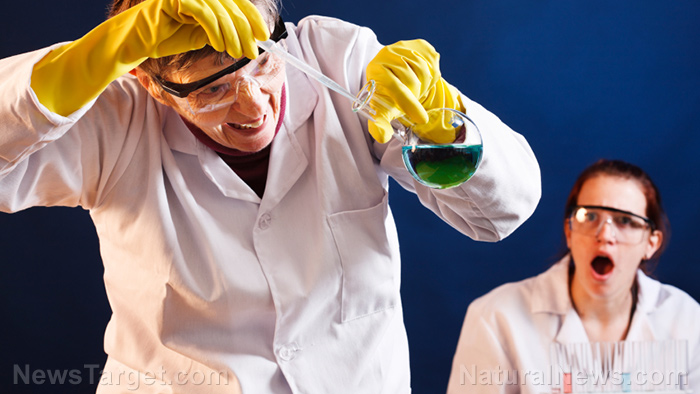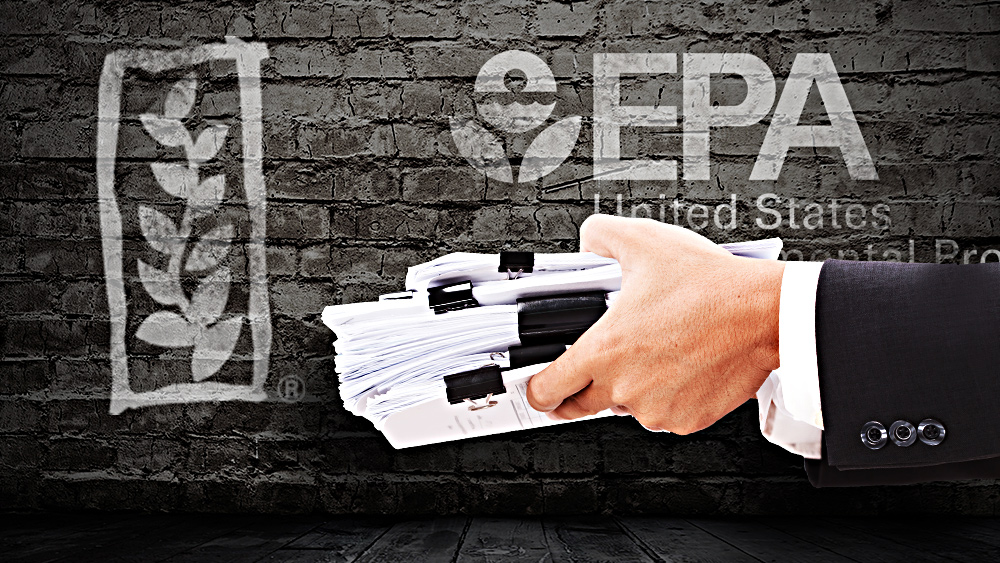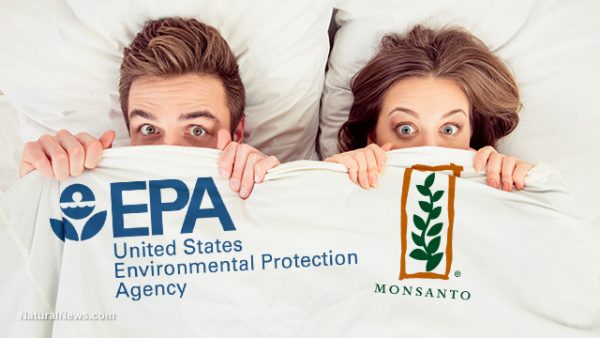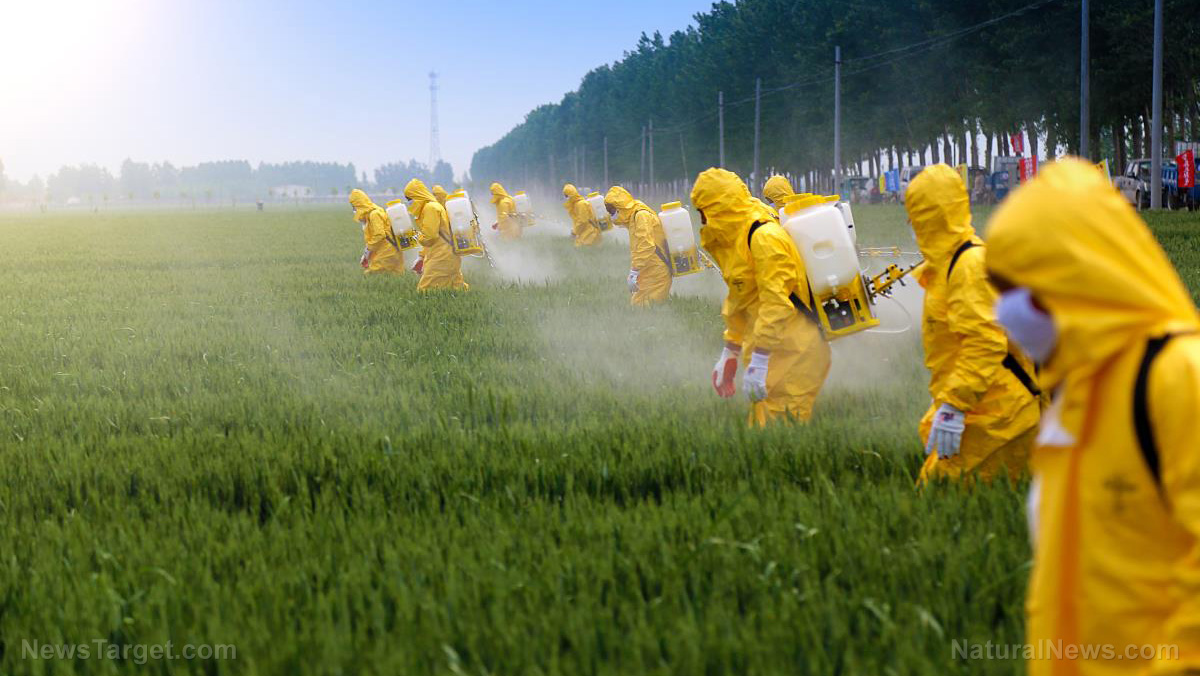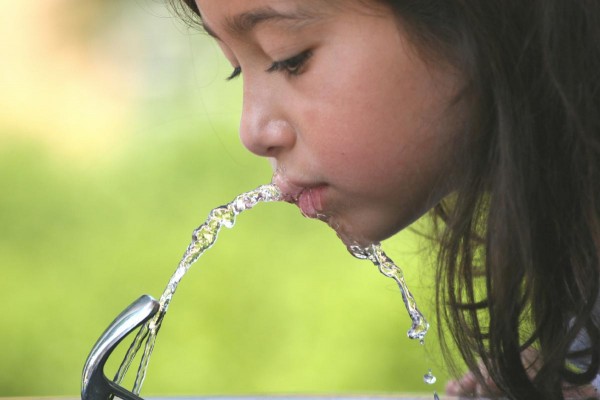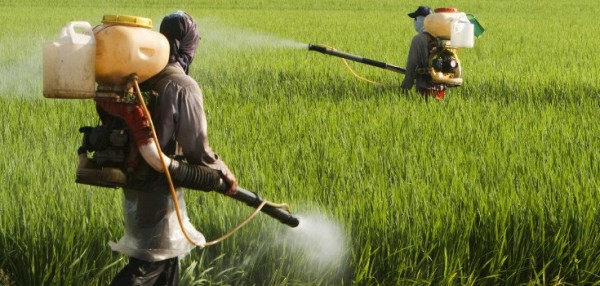Scientists argue that the world needs more natural “biopesticides” rather than synthetic chemical pesticides
09/13/2017 / By Russel Davis

Data from a recent analysis published in Pest Management Science revealed that the European Union (EU) currently has fewer registered biopesticides compared with the U.S., Brazil, China, and India. According to the research team, the relative complexity of biopesticide regulations in the EU may explain why the region lags behind other countries in biopesticide research. The researchers also noted that differences between various EU regions may spur discrepancies in the development of biopesticide technology. As a result, opportunities for improvement and innovation are missed, the researchers added.
“Compared to the other aforementioned countries, far fewer biopesticide products are available in the EU market, mainly as a direct result of the severe regulatory factors present there. The extent to which this trend will continue depends largely on a range of interacting political and/or regulatory decisions that influence environmentally-friendly agricultural industries,” the researchers said.
“All in all, the five regions considered include about half of the planet’s human population (comprising some 3.7 billion people and a total GDP of ~ $US 52 trillion), and so improving biopesticide regulation and research can, and undoubtedly will, enhance environmentally-friendly agriculture practice and performance on a global scale,” the researchers were quoted in saying in AlphaGalileo.org.
EPA supports use of biopesticides
The U.S. Environmental Protection Agency (EPA) established the Biopesticides and Pollution Prevention Division in the Office of Pesticide Programs to accommodate the registration of biopesticides. The division, which works alongside the Pesticide Environmental Stewardship Program, encourages the use of biopesticide.
The agency defines biopesticides as certain types of pest control taken from natural resources such as animals, plants, bacteria, and certain minerals. These compounds are stratified into three major classes: biochemical pesticides, microbial pesticides, and plant-incorporated-protectants (PIPs). Biochemical pesticides are a naturally-occurring compounds designed to control pest though non-toxic means. Most biochemical pesticides include substances that inhibit mating, as well as various scented plant extracts that lure insects to traps.
On the other hand, microbial pesticides make use of certain microorganisms — such as a bacterium, fungus, virus or protozoan — as the main ingredient. These pesticides are designed to induce varying effects, such as weed control and insect eradication. In addition, PIP is a biopesticide class that makes use of pesticidal substances that plants produce though exposure to a genetic material. In a nutshell, experts may derive a specific gene material such as a pesticidal protein from one plant and reintroduce it to another. In turn, the plant develops properties similar to the introduced genetic material, which it can use to stave off pests.
The EPA promotes biopesticide use as the compounds pose fewer risks compared with conventional pesticides. In fact, new biopesticide products take less than a year to be registered, compared with an average registration period of more than three years for conventional pesticides.
Biopesticides vs conventional pesticides
Biopesticides have long been touted for their less-toxic formulation and relative safety compared with chemical pesticides. Biopesticides have been found to effectively eradicate pests while maintaining the safety of non-target species. In contrast, chemical pesticides end up affecting other non target such as birds, mammals and insects. Being naturally-produced, biopesticides pose less apparent threat to the environment. On the other hand, chemical pesticides contain highly-toxic compounds that generate high pollution levels.
Biopesticides are also known to prevent the onset of resistance among pests compared with traditional pesticides. In addition, biopesticides make use of naturally-occurring materials and resources, which in turn effectively reduces the manufacturing costs. In contrast, the chemical production alone renders traditional pesticides more expensive.
Demands for biopesticides have shown a significant increase over the last few years. This increase was largely attributed to the consumers’ increased awareness of the potential dangers of using chemical pesticides.
Sources include:
Tagged Under: biopesticide, chemicals, EPA, food news, food safety, pesticide, toxic chemical, toxins






